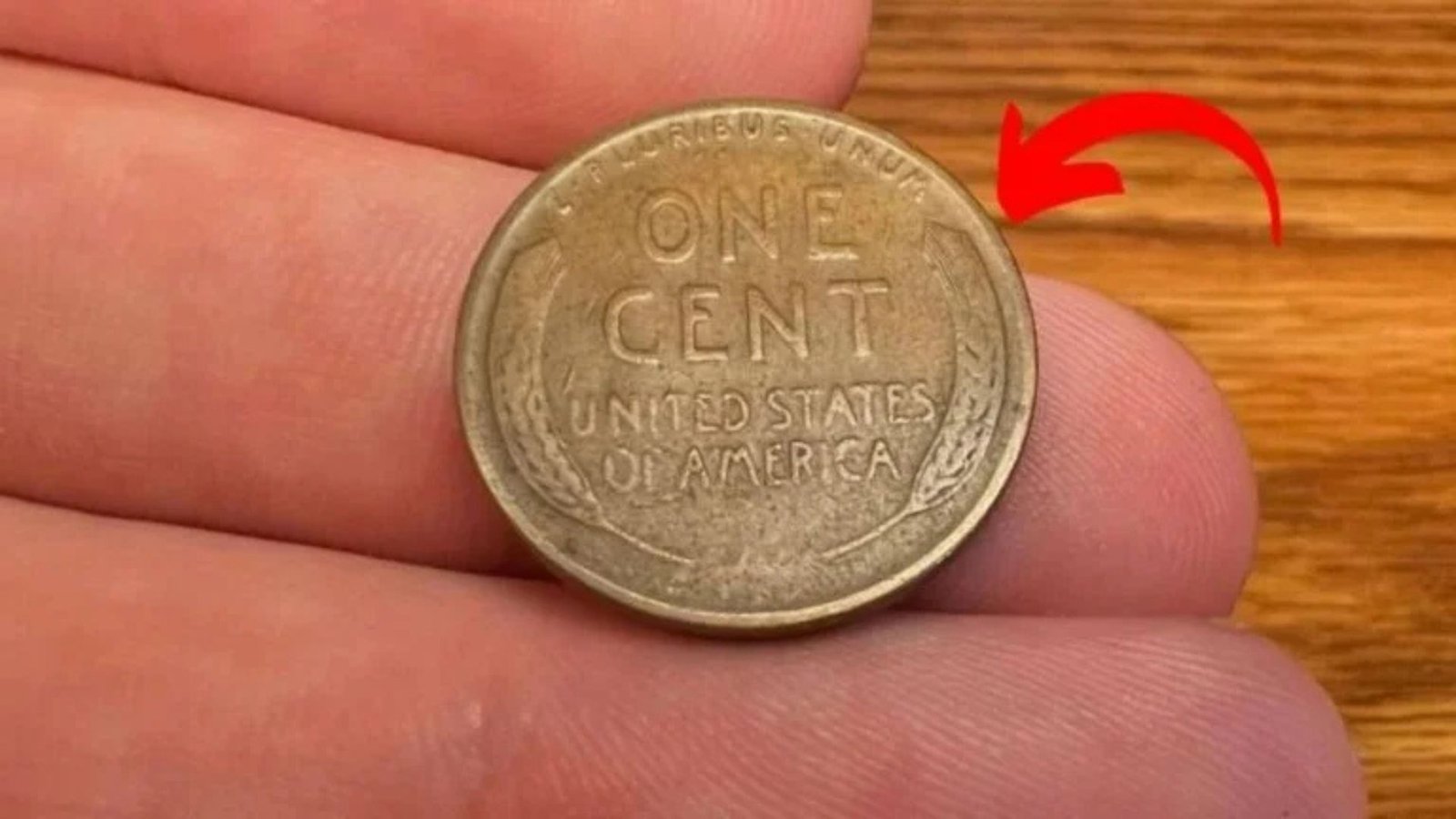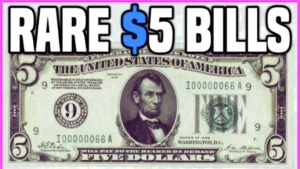Imagine finding a penny in your change that’s worth $6 million! The Lincoln Wheat Penny, a small coin with a big story, has excited coin collectors and everyday people alike. Some rare versions of this penny, minted between 1909 and 1958, could make you rich. Even more exciting? One of these valuable pennies might still be out there, hiding in your pocket or a jar of spare change. Let’s explore why this penny is so special, how to spot it, and why it’s worth so much.
What Is the Lincoln Wheat Penny?
The Lincoln Wheat Penny is a famous American coin first made in 1909 to celebrate Abraham Lincoln’s 100th birthday. It was the first U.S. coin to show a real person’s face instead of a symbol like Lady Liberty. Designed by Victor David Brenner, the coin has Lincoln’s face on the front and two wheat stalks on the back, giving it the name “Wheat Penny.” These pennies were made until 1958, and while most are common, a few rare ones are worth millions.
Why Is This Penny So Valuable?
The $6 million Lincoln Wheat Penny is special because of a rare mistake made during its production. In 1943, during World War II, the U.S. Mint switched to making pennies from steel to save copper for the war effort. However, a few pennies were accidentally made with copper that year. These 1943 copper pennies are incredibly rare, with only about 20 known to exist. Their scarcity, combined with perfect condition, makes them worth a fortune.
Key Features of the $6 Million Penny
To find this rare penny, you need to know what to look for. Here are the main things to check:
| Feature | Details |
|---|---|
| Year | Look for 1943. Most pennies from this year are steel, not copper. |
| Material | Copper (reddish-brown color). Steel pennies are gray and magnetic. |
| Weight | Copper pennies weigh about 3.11 grams; steel ones are lighter at 2.7 grams. |
| Mint Mark | Check for “D” (Denver) or “S” (San Francisco) under the year. |
| Condition | Pristine, uncirculated coins are worth the most. |
How to Spot a 1943 Copper Penny
Here’s how you can check if you have the $6 million penny:
- Color Check: A 1943 copper penny has a reddish-brown color, unlike the gray steel pennies from that year.
- Magnet Test: Hold a magnet near the penny. Copper pennies won’t stick, but steel ones will.
- Weight Test: Use a small scale to weigh the penny. A copper penny is heavier (3.11 grams) than a steel one (2.7 grams).
- Mint Mark: Look for a small “D” or “S” under the year. These marks show where the coin was made and can increase its value.
Could It Still Be in Circulation?
Yes, it’s possible! The $6 million Lincoln Wheat Penny might still be out there because many people don’t know its value. It could be sitting in a coin jar, piggy bank, or even your wallet. Stories exist of rare coins being found in everyday places, like a 1943 copper penny discovered in a teen’s school cafeteria change in 2017, valued at over $200,000. This shows that treasures can still be found in ordinary places.
Why Are These Pennies So Rare?
The rarity comes from the minting mistake in 1943. Only a tiny number of copper pennies were made by accident, while over a billion steel pennies were produced that year. This makes the copper version one of the rarest coins in the world. Plus, if the coin is in near-perfect condition, its value skyrockets. For example, a 1943-D copper penny sold for $1.7 million in 2010, and some experts believe a pristine one could fetch $6 million today.
Other Valuable Lincoln Wheat Pennies
Besides the 1943 copper penny, other Lincoln Wheat Pennies are also worth a lot:
- 1909-S VDB Penny: This was one of the first Wheat Pennies, with the designer’s initials (VDB) on the back. It can be worth thousands.
- 1922 No D Penny: A rare penny from Denver with no mint mark, highly sought after by collectors.
- 1955 Doubled Die Penny: This coin has a doubled image on the front, making it valuable.
Tips for Protecting Your Coins
If you think you’ve found a rare penny, handle it carefully to keep its value:
- Store Safely: Use coin holders or albums to protect the penny from scratches.
- Avoid Touching: Use gloves when handling to prevent oils from your skin damaging the coin.
- Don’t Clean: Cleaning a coin can ruin its value. Leave it as is and get it checked by an expert.
Why Coin Collectors Love Lincoln Wheat Pennies
These pennies are popular because they connect to American history through Abraham Lincoln. The wheat stalk design is unique, and many of these coins are still affordable for new collectors. The chance of finding a rare one keeps the hobby exciting. Online forums and coin shops are buzzing with interest, and videos about spotting rare pennies are getting lots of views.
Conclusion: Check Your Change!
The $6 million Lincoln Wheat Penny is a reminder that treasures can hide in plain sight. A simple penny could change your life if you know what to look for. Whether you’re a coin collector or just curious, take a moment to check your spare change. You might find a piece of history worth a fortune. So, next time you see a penny, don’t toss it aside—give it a closer look!
FAQs
How many 1943 copper pennies are out there?
Only about 20 are known to exist, making them extremely rare.
What should I do if I think I have a 1943 copper penny?
Test it with a magnet and weigh it. If it seems like copper, take it to a professional coin grading service like PCGS or NGC for authentication.
Why were pennies made of steel in 1943?
During World War II, copper was needed for the war, so the U.S. Mint used steel for pennies to save copper.
Can I clean my penny to make it worth more?
No, cleaning a rare coin can damage it and lower its value. Always keep it in its original condition.
Where can I sell a rare Lincoln Wheat Penny?
Contact a reputable coin dealer or auction house. Professional grading by PCGS or NGC can help you get the best price.





1 thought on “Lincoln Wheat Penny Worth $6 Million: Could It Be in Your Pocket?”